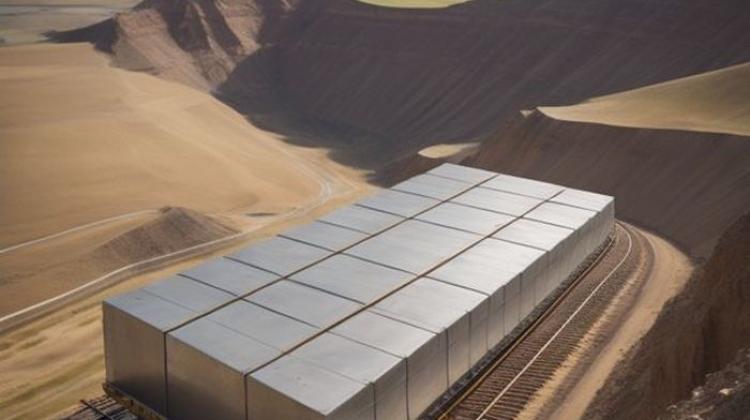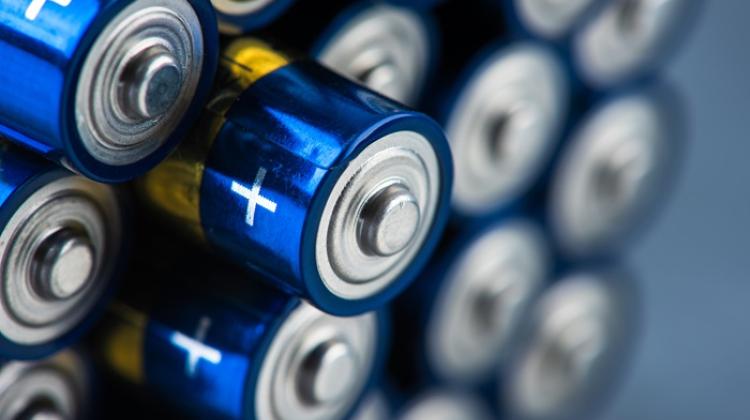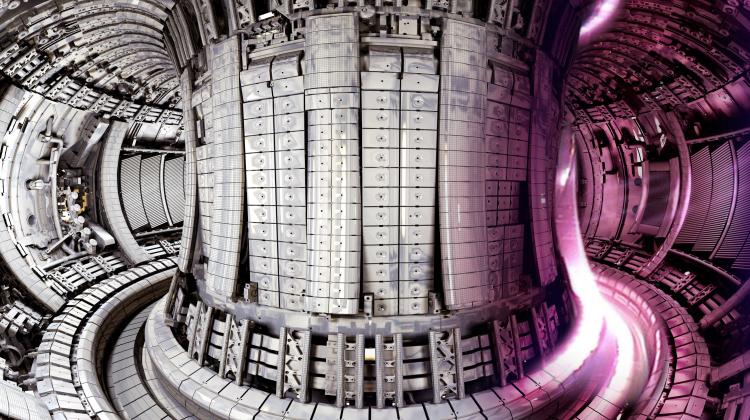Expert: Large-scale energy storage - at the earliest in over a decade
 Photo: Fotolia
Photo: Fotolia
Today, lithium-ion battery storage has the largest potential for large-scale energy storage, says Prof. Konrad Świrski. According to the scientist, full-scale energy storage will be possible in over a decade at the earliest.
From the beginning of the energy sector in the late 19th century, one of the most important problems was the method of storage of produced electricity, Prof. Konrad Świrski from the Faculty of Power and Aeronautical Engineering of the Warsaw University of Technology reminds in an interview with PAP. In his opinion, until today, there have been no effective methods of energy storage.
That is why - as it points out - the focus was on predictable energy sources, for example in the form of coal and later nuclear power plants. This is one of the reasons why the energy industry treats renewable energy sources, such as solar panels and wind turbines, with caution - because you can`t always expect strong sun or wind.
Prof. Świrski notes that the current energy system is still centralized and energy is produced in large power plants. Electricity production is adapted to demand that varies depending on the season and time of day. Fluctuations reach 30-40 percent.
"The work of such a system is based on balancing production and consumption, and a large imbalance causes a rapid frequency change in the network, which can lead to breakdowns. That is why the systems are highly centralized and we have to rely on large power plants with a predictable operating regime" - explains the expert.
Engineers have been looking for ways to store electricity for years. "Many concepts are associated with the conversion of electricity into another form of energy, for example mechanical or gravitational energy, and then reconverting it into electricity" - the expert says.
Currently, scientists have high hopes for electrochemical energy storage, in other words battery storage. It is in this field that the greatest progress has been made in recent years, Prof. Świrski believes.
Increasingly large installations of this type are being made; they are also getting cheaper. "We owe this to intensive work related to the design of batteries for electric cars" - he says.
The largest battery storage facilities - with a capacity of approx. 180 MW - have been built in Australia by TESLA. Slightly smaller facilities are being built and launched in the US and Europe, while new projects involve the opening of storage facilities with capacity even larger than 180 MW. TESLA`s storage facilities can be compared to a large number of connected power banks - devices used, for example, to recharge phones.
Current energy storage facilities use lithium-ion technologies as well as other rare elements. "The industry is waiting for a technological revolution and the use of more standard materials, perhaps silicon, because the availability of some elements may be a barrier to the rapid development of today`s technologies" - he points out.
The first relatively large energy storages in Australia or the US are "visible" in the energy system, which is why they are beginning to have a visible impact on energy management and production. "Thanks to them, finally there is a possibility of efficient energy storage, although not yet on a scale that will allow to solve all problems. But it is very likely that it will be much more effective in 10 or 15 years" - the engineer predicts.
When energy storage becomes widespread, the concept of the energy system can change completely, even towards its "full decentralization", the professor says.
In practice, this may mean a very rapid development of renewable energy, where energy could finally be stored.
"These trends are interconnected. The development of renewable energy sources forces research and work on new types of storage. When they are developed, there will be no need for so much reserve power in thermal power plants (in Poland, mainly coal fired plants - PAP)" - he adds.
According to Prof. Świrski, the emergence of efficient energy storage devices will eliminate the problem associated with the unpredictability of energy production from renewable energy sources. Small household energy production will also become more common thanks to these "storages". "Perhaps we will switch from the network to our own home power plants, and the network power supply will only be used in case of emergency" - the expert predicts.
In his opinion, complete decentralization of the energy system is possible in 20-30 years, but the energy revolution has already begun.
PAP - Science in Poland, Szymon Zdziebłowski
szz/ zan/ kap/
tr. RL
Przed dodaniem komentarza prosimy o zapoznanie z Regulaminem forum serwisu Nauka w Polsce.


















